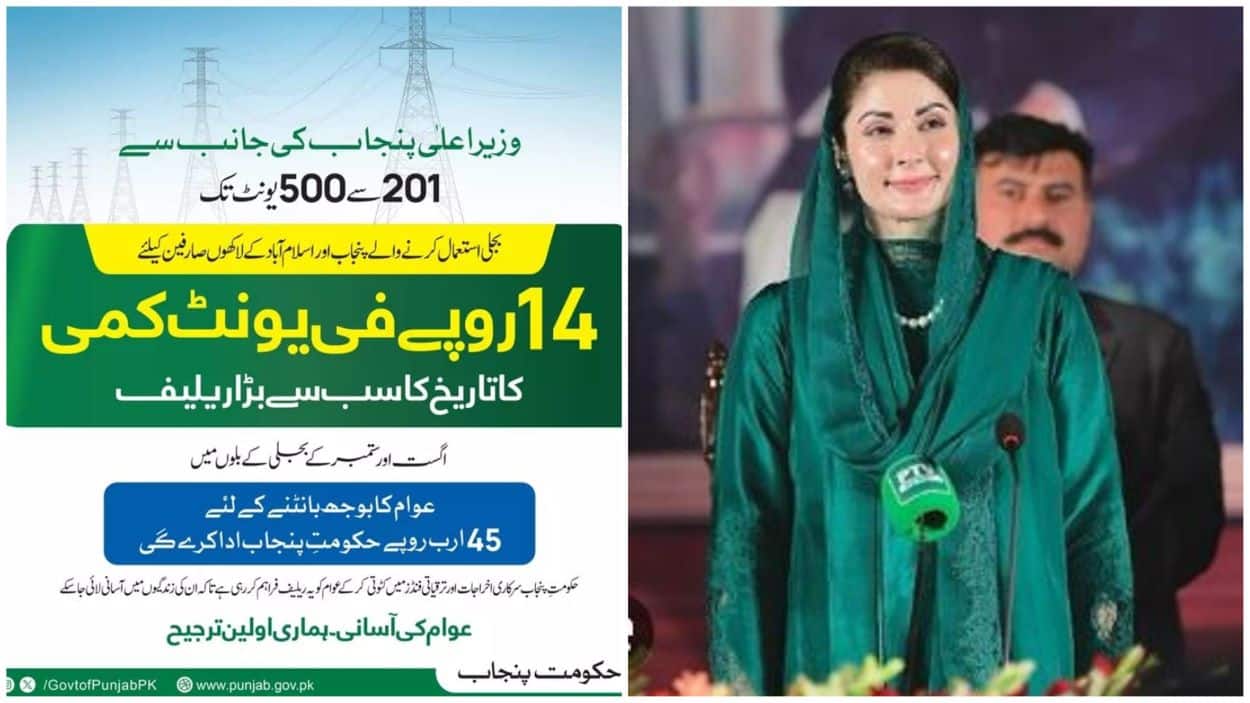The Punjab government recently unveiled a 45 billion rupee electricity bill relief program to alleviate consumer financial pressures and promised 14 rupees per unit for consumers who use between 201 and 500 units of electricity.
However, the program stipulates that “protected consumers” using fewer than 200 units will not benefit from this relief. Moreover, should these consumers increase their usage beyond 200 units to qualify for the relief, they would subsequently lose their “protected” status, potentially leading to higher overall costs.
The program’s aspect has sparked considerable debate and criticism on social media, where journalists and the general public have accused the government of unfairness. Critics argue that the program fails to assist those who consume minimal electricity, typically the most economically vulnerable households.
Faizan Sheikh, a consumer rights advocate, recommended that households should be cautious about not exceeding 200 units to avoid transitioning to a higher tariff bracket. Mir Muhammad Ali Khan expressed confusion over the program’s logic, pointing out the lack of benefits for those using between 1 and 200 units and questioning whether there was a misunderstanding in the program’s design.
Ahmed Waraich warned against the potential financial trap of using more electricity to qualify for the relief, as it could lead to higher bills in the long run.
Meanwhile, Abid Malik observed that the two-month-long reduction in electricity prices was only temporary and advised residents to conserve energy to mitigate future financial burdens.
Overall, the relief program has highlighted a significant dilemma for lower-usage households, stirring a broader discussion on energy policy and consumer protection.






